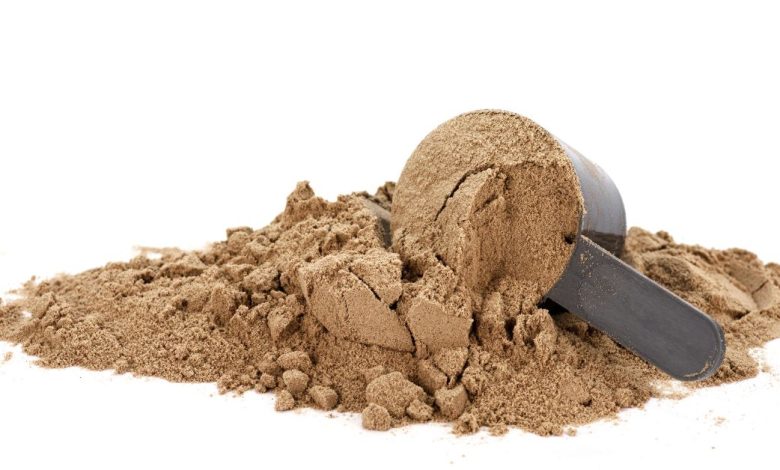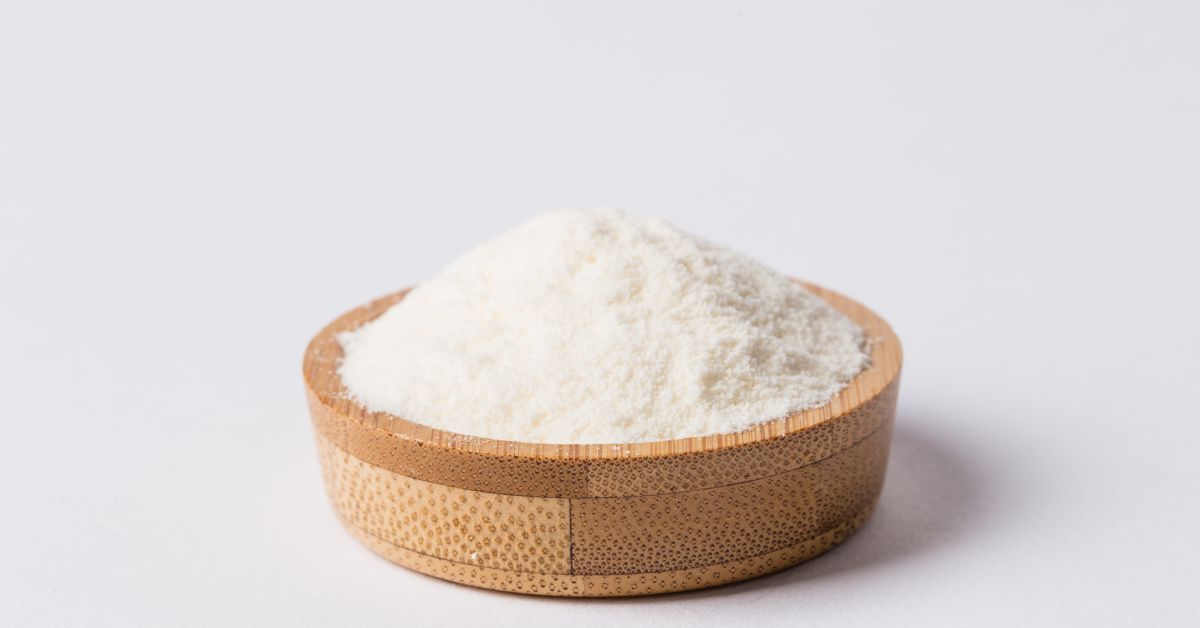Unveiling the Wonders of Hydroxyapatite Powder

I. Introduction
A. What Is Hydroxyapatite Powder?
Hydroxyapatite powder, a marvel of modern science, has gained increasing attention for its multifaceted applications in various fields.
Hydroxyapatite, a calcium phosphate compound with the chemical formula Ca10 (PO4)6(OH)2, constitutes an integral component of the primary raw material known as phosphoric rock. The term “hydroxy” in its nomenclature denotes the presence of the OH‑ anion. Should this anion be replaced by fluoride, the resulting mineral would bear the name Fluoroapatite, specifically Ca10 (PO4)6(F)2.
Hydroxyapatite emerges as the predominant inorganic constituent within both bones and dental enamel. In various sectors, particularly in the realms of biomedical and dental applications, this mineral finds extensive use. Notably, it serves as a fundamental ingredient in the fabrication of dental implants, materials for bone augmentation, and products aimed at enhancing dental aesthetics.


Nano Hydroxyapatite
The realm of Hydroxyapatite encompasses two principal variants: nanoHydroxyapatite powder and micron Hydroxyapatite powder. The paramount distinction between these variants lies in their particle dimensions. NanoHydroxyapatite powder is characterized by particles measuring less than 200 nanometers, whereas micron Hydroxyapatite powder spans a range of 45 to 90 microns in particle size.
Consequently, nanoHydroxyapatite powder boasts a surface area approximating 9.4 square meters per gram, while micron Hydroxyapatite powder boasts a substantially larger surface area, tallying around 120 square meters per gram.
When delving into the subject of hydroxyapatite powder, the precise focus pertains to the powder originating from hydroxyapatite itself. This particular form finds versatile utility across various applications. Conversely, the term “micron powder” pertains specifically to the size of powder particles, typically denoted in micrometers (µm). “Micron powder” functions as a nomenclature utilized to designate powders characterized by fine particles confined within a designated size spectrum.
For example, a powder featuring particles ranging from 1 to 10 microns in size can aptly be denominated as “micron powder.”
While it is conceivable to refer to hydroxyapatite powder as micron powder, it is imperative to discern that the term “micron powder” is primarily employed to delineate the range of particle sizes within a powder. Conversely, “hydroxyapatite powder” serves as a designation that specifically pertains to the hydroxyapatite compound itself.
B. Importance in Modern Science
In recent years, hydroxyapatite powder has emerged as a pivotal element in modern science, revolutionizing industries with its unique properties and versatility.
II. Composition and Structure
A. Chemical Composition
The chemical composition of hydroxyapatite powder primarily consists of calcium and phosphate ions, making it a key player in biomaterials.
B. Crystal Structure
The crystal structure of hydroxyapatite, resembling natural bone mineral, grants it exceptional compatibility with biological tissues.
C. Natural Occurrence
Hydroxyapatite is naturally found in bones and teeth, highlighting its biocompatibility and suitability for medical applications.
III. Manufacturing Process
A. Precipitation Method
The precipitation method is one of the prominent techniques employed to synthesize hydroxyapatite powder, ensuring its purity and quality.
B. Hydrothermal Synthesis
Hydrothermal synthesis offers precise control over particle size and morphology, enhancing hydroxyapatite’s suitability for diverse applications.
C. Sol-Gel Technique
The sol-gel technique facilitates the production of hydroxyapatite with tailored properties, opening doors for innovative applications.
IV. Applications
A. In Dentistry
1. Dental Implants
Hydroxyapatite-coated dental implants have revolutionized tooth replacement, offering durability and biocompatibility.
2. Toothpaste
Hydroxyapatite-infused toothpaste aids in remineralizing tooth enamel, promoting oral health.
B. In Orthopedics
1. Bone Grafts
Hydroxyapatite-based bone grafts facilitate bone regeneration, aiding in orthopedic surgeries.
2. Joint Implants
Joint implants coated with hydroxyapatite enhance longevity and reduce friction, improving joint replacement outcomes.
C. In Biomedical Engineering
1. Scaffold for Tissue Engineering
Hydroxyapatite serves as an ideal scaffold for tissue engineering, fostering the growth of new tissues.
2. Drug Delivery Systems
Innovative drug delivery systems utilize hydroxyapatite’s porous structure for controlled release of medications.
V. Properties
A. Biocompatibility
Hydroxyapatite’s exceptional biocompatibility minimizes the risk of adverse reactions when used in medical applications.
B. Osteoconductivity
Its osteoconductive nature encourages bone integration and regeneration.
C. Mechanical Properties
Hydroxyapatite exhibits robust mechanical properties, ensuring its longevity in demanding applications.
D. Bioactivity
Its bioactive nature promotes interaction with biological systems, making it invaluable in medical research.
VI. Advantages and Disadvantages
A. Advantages
1. Long-lasting
Hydroxyapatite’s durability ensures the longevity of implants and grafts.
2. Low Immunogenicity
Its low immunogenicity reduces the risk of adverse reactions.
B. Disadvantages
1. Cost
The cost of hydroxyapatite production can be a limiting factor in some applications.
2. Limited Supply
A limited supply of high-quality hydroxyapatite may pose challenges in meeting the growing demand.
VII. Comparison with Other Biomaterials
A. Hydroxyapatite vs. Calcium Phosphate
Hydroxyapatite outshines calcium phosphate in terms of biocompatibility and structural similarity to natural bone.
B. Hydroxyapatite vs. Titanium
When compared to titanium, hydroxyapatite exhibits superior biocompatibility and reduced implant rejection rates.
VIII. Recent Research and Innovations
A. Nanoparticles
Nanoparticles of hydroxyapatite show promise in targeted drug delivery and regenerative medicine.
B. 3D Printing
3D printing technology has opened new avenues for creating complex structures using hydroxyapatite.
C. Surface Modifications
Innovative surface modifications enhance hydroxyapatite’s functionality in various applications.
IX. Safety and Regulatory Compliance
A. FDA Approval
Hydroxyapatite-based medical devices are subject to rigorous FDA approval processes, ensuring patient safety.
B. Biocompatibility Testing
Stringent biocompatibility testing confirms that hydroxyapatite meets the necessary safety standards for medical use.
X. Environmental Impact
A. Sourcing and Sustainability
Efforts are underway to source hydroxyapatite sustainably, minimizing its environmental impact.
B. Recycling and Waste Management
Research is ongoing to develop recycling and waste management solutions for hydroxyapatite-based products.
XI. Future Prospects
A. Emerging Applications
Hydroxyapatite continues to find new applications in medicine and beyond, promising advancements in various industries.
B. Potential Breakthroughs
Ongoing research holds the potential for groundbreaking discoveries related to hydroxyapatite’s properties and applications.
XII. Case Studies
A. Success Stories in Dentistry
Real-world success stories in dentistry highlight the transformative impact of hydroxyapatite-based solutions.
B. Notable Orthopedic Applications
Orthopedic applications demonstrate the efficacy of hydroxyapatite in improving patient outcomes.
XIII. Expert Interviews
A. Insights from Leading Scientists
Leading scientists share their insights into the future of hydroxyapatite research and its implications.
B. Practical Advice from Medical Professionals
Medical professionals offer practical advice on utilizing hydroxyapatite in various healthcare scenarios.
XIV. FAQs
A. What are the primary uses of hydroxyapatite powder?
Hydroxyapatite powder finds primary uses in dentistry, orthopedics, and biomedical engineering for various applications.
B. Is hydroxyapatite powder safe for medical applications?
Extensive testing and regulatory approvals confirm the safety of hydroxyapatite powder for medical use.
C. How does hydroxyapatite powder compare to other biomaterials?
Hydroxyapatite powder stands out due to its biocompatibility and similarity to natural bone.
D. What is the future of hydroxyapatite research?
The future of hydroxyapatite research holds exciting prospects for advancements in medicine and materials science.
E. How can I source sustainable hydroxyapatite powder?
Sourcing sustainable hydroxyapatite powder is becoming increasingly feasible through eco-friendly practices.


XV. Conclusion
A. Recap of Key Points
Hydroxyapatite powder, with its remarkable properties and diverse applications, has revolutionized modern science and medicine.
B. The Promise of Hydroxyapatite Powder in Medicine
The future holds immense promise for hydroxyapatite powder, with ongoing research and innovations poised to transform healthcare and various industries.






